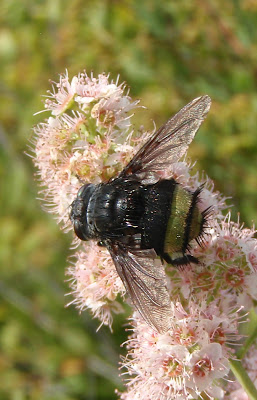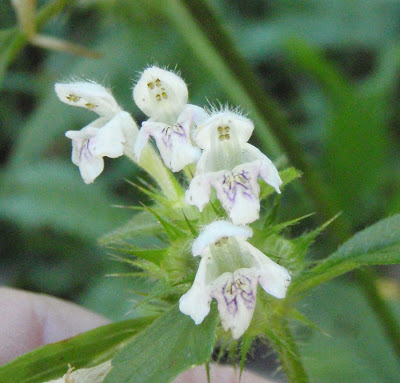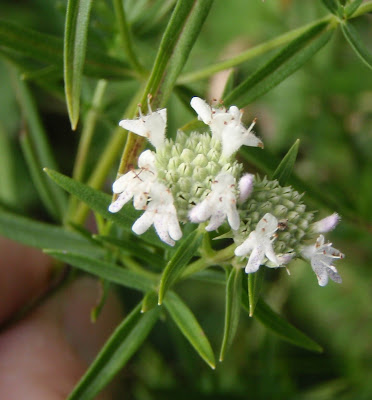Today this bumblebee size Tachinid Fly (Belvosia sp.) nectared on hardhack. Larvae of this robust fly are parasitoids - they kill their host - and their hosts are caterpillars including our native Giant Silkworm species.
John
 |
| Tachinid Fly |
Nature tidbits from around the area
 |
| Swarming ants |
 |
| Tiger Beetle |
 |
| Carrion Beetle on Shrew |
 |
| Western Conifer Seed Bug |
 |
| Leafy-bracted Beggar-tick |
 |
| Closed Gentian |
 |
| Sand Jointweed |
 |
| Green Stink Bug - nymphal stage |
 |
| Slender Gerardia |
 |
| Shining Leaf Chafer on Sneezewort |
 |
| Northeastern Sawyer Beetle |
 |
| Mystery insect - Caddisfly? Owlfly? |
 |
| Locust Borer |
 |
| Black-rimmed Prominent moth |
 |
| Great Black Wasp |
 |
| Ground-Nut |
 |
| Tear Thumb's spines |
 |
| Hickory Tussock Moth on Tear Thumb flowers |
 |
| Hog Peanut flowers |
 |
| Rainbow Scarab Beetle |
 |
| Fruit of the Trillium |
 |
| Small Bird-dropping Moth |
 |
| Musk Mallow |
 |
| Common Nightshade |
 |
| Hemp Nettle |
 |
| Great Golden Digger Wasp |
 |
| Narrow-leaved Mountain Mint |
 |
| Ambush bug |
 |
| Marsh Skullcap |
 |
| Bluecurl |
 |
| Boneset |
 |
| Planthopper |
 |
| Monarch caterpillar |
 |
| Milkweed Tussock caterpillar |
 |
| White Snakeroot |